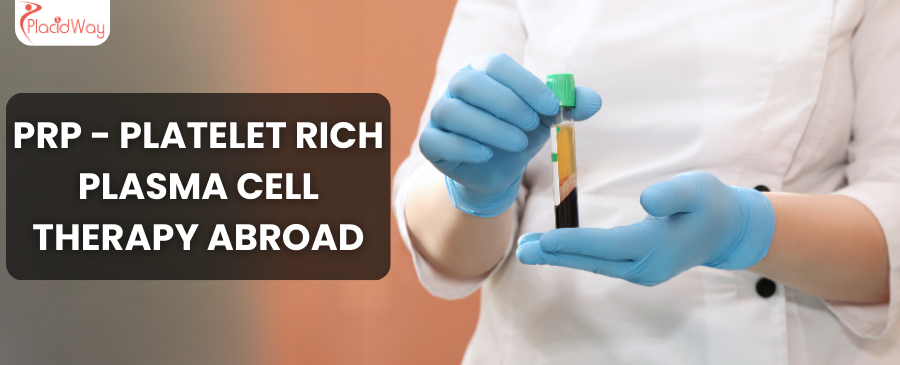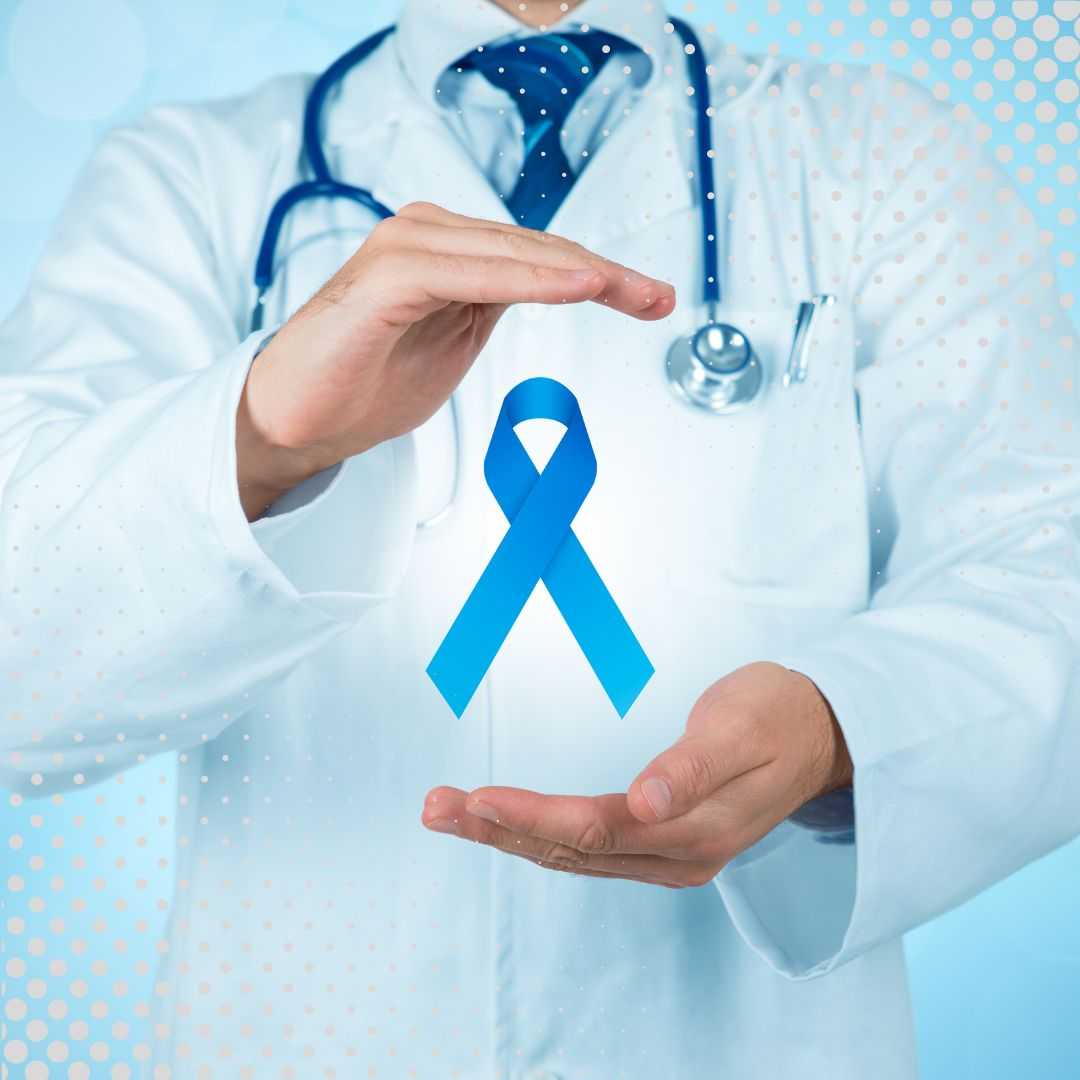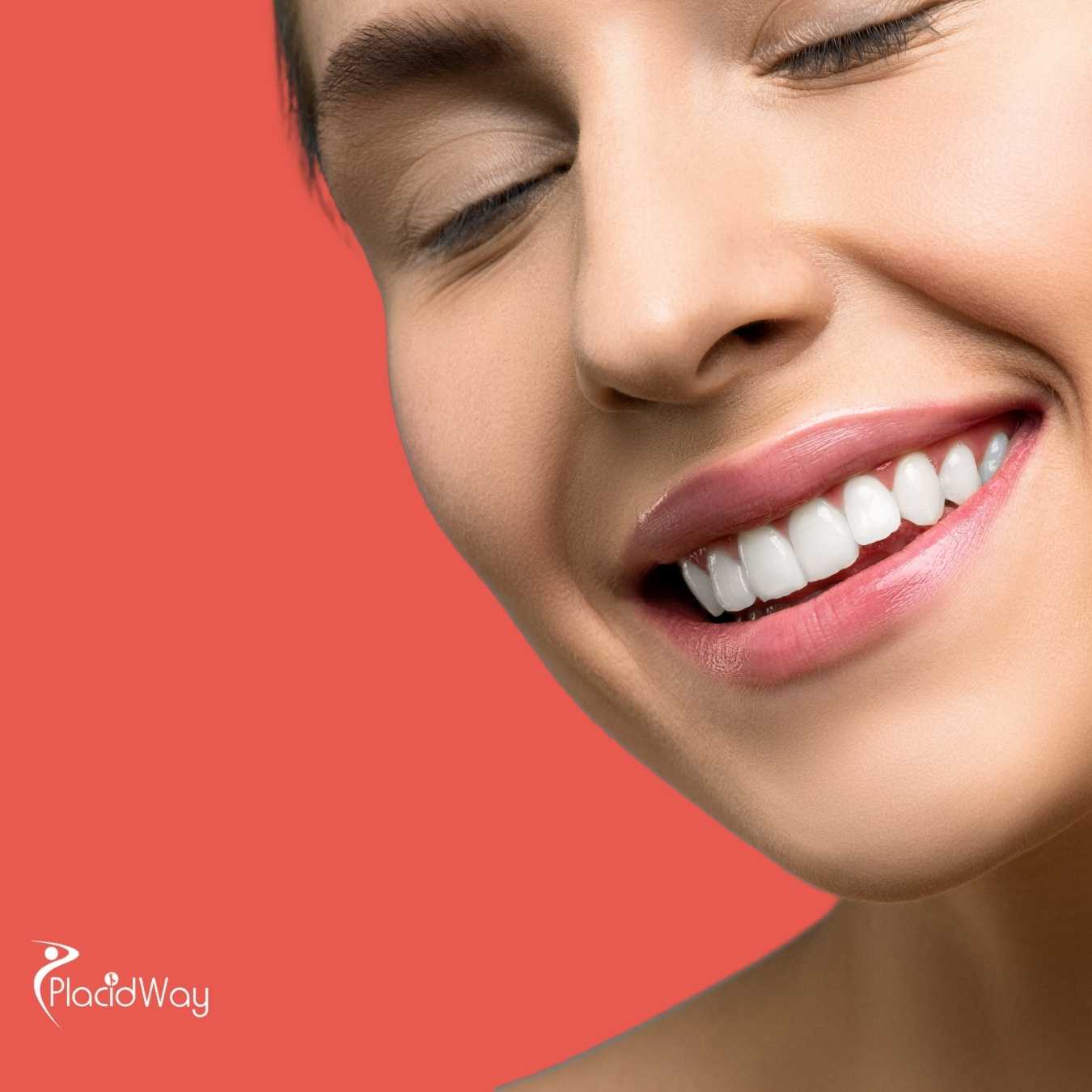
Have you ever wondered about your body's innate ability to heal itself? From a simple paper cut to a sprained ankle, your system has a remarkable process for repair. At the heart of this process are tiny components in your blood called platelets. For decades, medicine has focused on managing symptoms, but a new frontier is gaining incredible momentum: regenerative medicine. This field seeks to amplify your body's natural healing powers to repair damage and restore function. A leading star in this field is PRP (Platelet-Rich Plasma) therapy, a treatment that has captured the attention of top athletes, skincare experts, and individuals seeking relief from chronic pain.
PRP therapy is not about introducing foreign substances into your body. Instead, it involves drawing a small amount of your own blood, separating and concentrating the platelets, and reinjecting this "liquid gold" into the areas that need it most. These concentrated platelets release powerful growth factors that act like a powerful espresso shot for your cells, stimulating tissue repair, reducing inflammation, and promoting new growth. Whether you're dealing with a nagging sports injury, seeking a natural way to combat hair loss, or desiring a more youthful complexion, Platelet-Rich Plasma offers a versatile and minimally invasive solution. Let's dive into the most frequently asked questions about this innovative therapy.
What is PRP (Platelet-Rich Plasma) Cell Therapy?
Think of platelets as your body's first responders to an injury. When you get a cut, they rush to the site to form a clot and stop the bleeding. But their job doesn't end there. They also contain hundreds of proteins called growth factors, which are crucial for tissue repair. These growth factors are powerful signaling molecules that attract other healing cells, stimulate cell division, and promote the formation of new blood vessels, essentially orchestrating the entire repair process.
PRP therapy takes this natural function and supercharges it. By separating platelets from other blood cells in a centrifuge, a practitioner can create a solution that contains 5 to 10 times the normal concentration of platelets and growth factors. When this highly concentrated plasma is injected directly into an injured tendon, a joint with arthritis, or the scalp for hair loss, it provides a massive boost to the body's healing capabilities right where it's needed most.
How does PRP Therapy work?
The magic of PRP lies in its ability to initiate a powerful healing cascade. Once the concentrated platelets are injected, they become activated and begin releasing their potent growth factors. This flood of growth factors sends a strong signal to the body that this specific area needs urgent repair. It's like sending out an emergency broadcast to all available healing cells.
This process leads to several key benefits:
- Reduced Inflammation: While there's an initial inflammatory response, the long-term effect is a reduction in chronic inflammation that often causes pain.
- Tissue Regeneration: Growth factors stimulate the proliferation of cells needed to rebuild damaged tissue, such as tendon cells (tenocytes) or cartilage cells (chondrocytes).
- Increased Blood Flow: PRP promotes angiogenesis, the formation of new blood vessels, which improves circulation and delivers more oxygen and nutrients to the healing tissue.
What conditions can be treated with PRP Therapy?
The application of Platelet-Rich Plasma spans multiple medical fields due to its fundamental role in healing. Here are some of the most common uses:
- Orthopedics and Sports Medicine: This is one of the most well-established uses. It is effective for chronic tendon injuries like tennis elbow, golfer's elbow, Achilles tendonitis, and jumper's knee. It's also used for acute ligament and muscle sprains and to treat mild to moderate osteoarthritis, particularly in the knee, by reducing pain and improving function.
- Dermatology and Aesthetics: Famously known as the "Vampire Facial," PRP is often combined with microneedling to improve skin texture, reduce fine lines, and treat acne scars. The growth factors stimulate collagen and elastin production, leading to firmer, smoother skin.
- Hair Restoration: For individuals with androgenetic alopecia (male or female pattern baldness), injecting PRP into the scalp can awaken dormant hair follicles, increase the thickness of the hair shaft, and stimulate new growth.
How much does PRP Therapy Cost?
The cost of PRP therapy is not standardized and is rarely covered by insurance, as it's often considered elective. The price you pay will depend on several factors. For example, a simple injection into a single joint will cost less than a full-face microneedling session or a comprehensive scalp treatment for hair loss, which requires multiple small injections. The sophistication of the equipment used to process the blood can also influence the price.
Exploring medical tourism can often provide more affordable options without compromising on quality, as operational costs in other countries can be significantly lower.
| Region | Average Cost Range (USD) | Factors Influencing Cost |
|---|---|---|
| United States / Canada | $750 - $2,000 | High overhead, insurance, and regulatory costs. |
| Western Europe | $600 - $1,800 | Stringent medical regulations and high operational expenses. |
| Mexico / Latin America | $400 - $900 | Competitive medical tourism market, lower operational costs. |
| Philippines / Southeast Asia | $400 - $1,000 | Quality care at lower labor and facility costs. |
Is PRP Therapy painful?
Patient comfort is a priority during the procedure. The level of discomfort depends on the area being treated. Injections into a joint might cause a feeling of pressure, while scalp injections for hair restoration can be more sensitive. For cosmetic procedures like microneedling with PRP, a strong topical numbing cream is applied beforehand, making the process virtually painless for most people.
After the procedure, it is common to experience mild to moderate soreness and swelling at the injection site for a few days. This is a positive sign that the body is initiating the inflammatory healing process. This discomfort is usually manageable with ice packs and over-the-counter pain relievers like acetaminophen (Tylenol), but not anti-inflammatories.
How many PRP sessions will I need?
There is no one-size-fits-all answer, and your treatment plan will be customized. Here's a general guideline:
- For Joint and Tendon Injuries: Many patients find significant relief after just one or two treatments, spaced 4-6 weeks apart. More severe conditions might require a third session.
- For Hair Restoration: A typical initial protocol involves 3 sessions spaced one month apart, followed by maintenance treatments every 6-12 months to sustain the results.
- For Skin Rejuvenation: An initial series of 3 treatments, 4-6 weeks apart, is common to build a strong foundation of new collagen. After that, a single maintenance session once a year can help maintain the effects.
Is PRP Therapy safe? What are the risks?
The safety profile of PRP therapy is one of its biggest advantages. Because you are being treated with a substance derived from your own body, the risks are significantly lower than with other injectable treatments or surgeries. The most common side effects are temporary and localized to the injection site, including:
- Pain or soreness
- Swelling and bruising
- Redness
More serious complications like infection, nerve damage, or tissue damage are very rare, especially when the procedure is performed by an experienced medical professional in a sterile environment. It is crucial to choose a qualified provider to ensure the procedure is done correctly and safely.
Ready to Harness Your Body's Healing Power?
Don't let pain, injury, or aesthetic concerns hold you back. PlacidWay connects you with leading clinics and specialists in PRP therapy and regenerative medicine across the globe. Find trusted, affordable, and high-quality healthcare solutions tailored to your unique needs. Start your journey to recovery and rejuvenation today.
Stem Cell Therapy Abroad










Share this listing